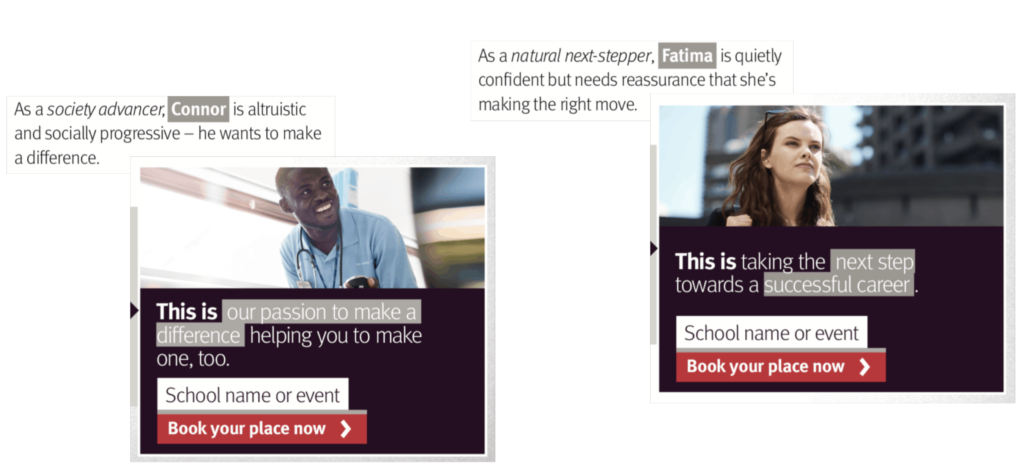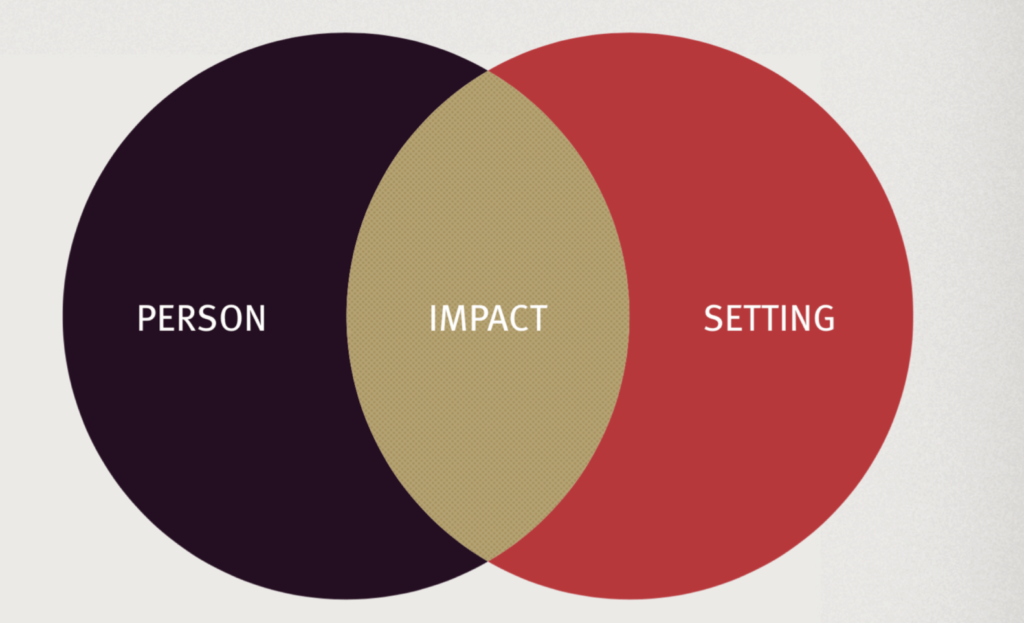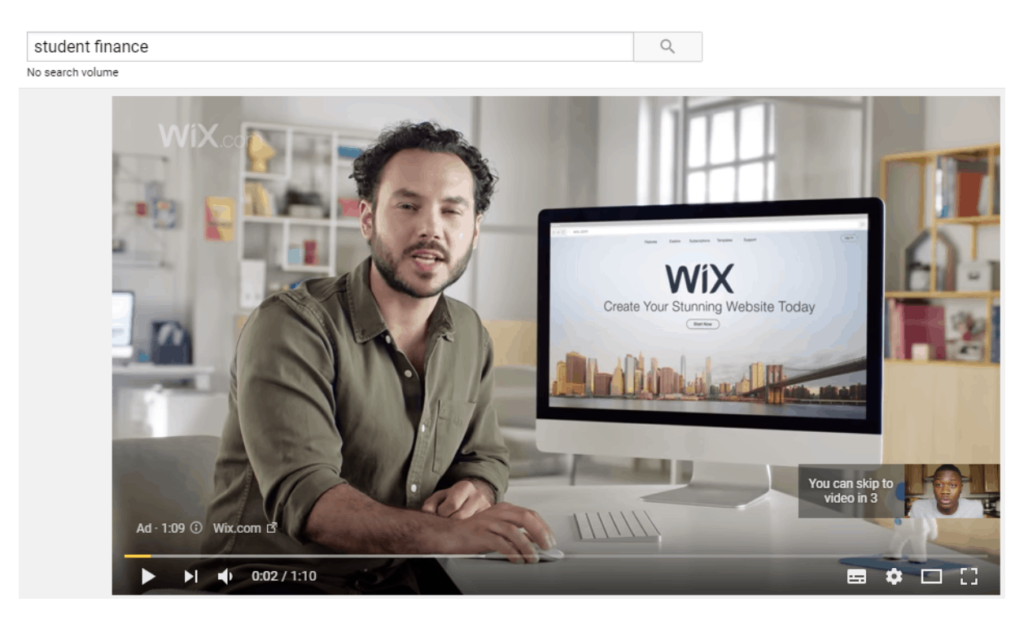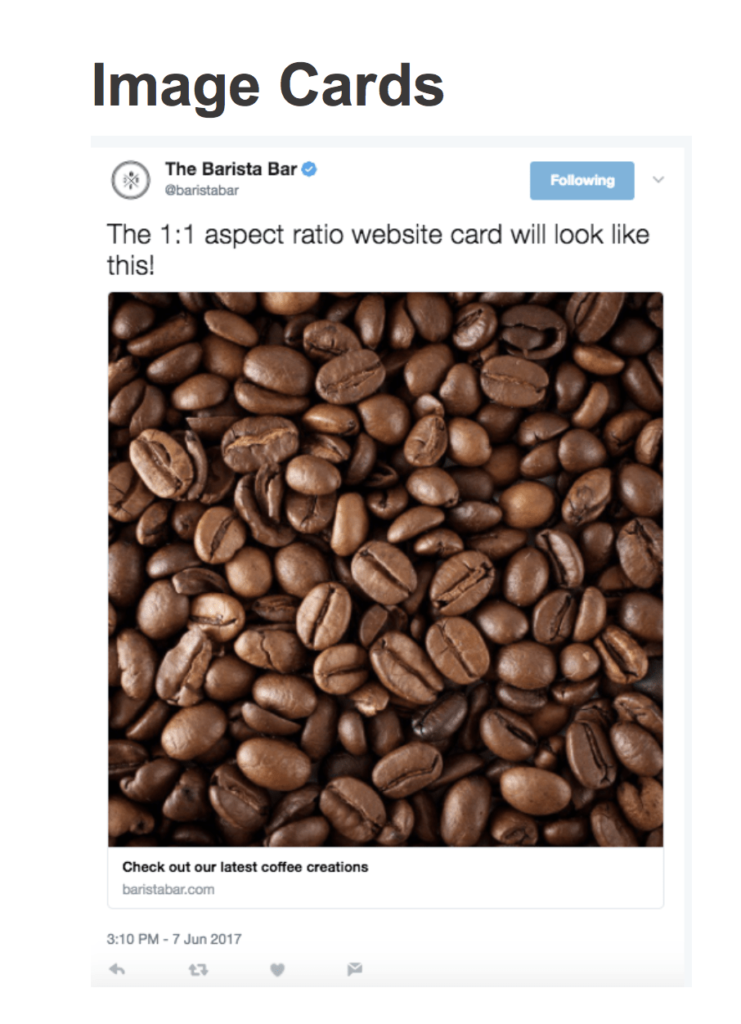
A social advertising crash course: YouTube, Twitter and Facebook

Social advertising can be a bit of a labyrinth. There is so much to know that it’s difficult to start, making your first campaign like an impossible task. Having spent years of training up marketing directors, managers and executives to develop successful social campaigns for their companies, our CEO is more than ready to share his expert advice with you. Read on for a crash course in social advertising, covering everything you need to get started.
The person behind the screen
First things first, social advertising is all about targeting. What that means? It’s simple: it means that you, as an advertiser, have complete control over who will see your ad. That is, if you know who your preferred audience is - and what platforms you should be using to reach them.
Not sure who you should be targeting? Start by creating audience personas. You might already have these personas documented somewhere, as they’re often used for traditional marketing, too. If not, just try to visualise what your ideal customer would look like. What do they like? What is their career goal? What are their political standpoints? The more of these questions you answer, the more effective your audience persona will become. Let’s look at some examples:
 Both of the above ads are targeting specific personas, and what’s most important here is that they are doing so in an emotional way. Connor wants to make a difference, and the City University tells him that he can do so by enrolling to one of their courses. Fatima, on the other hand, needs a little push - and that is exactly what the ad targeting her persona is doing. The trick? Envisage your persona in a certain setting, and think about how your service or product could have a positive impact.
Both of the above ads are targeting specific personas, and what’s most important here is that they are doing so in an emotional way. Connor wants to make a difference, and the City University tells him that he can do so by enrolling to one of their courses. Fatima, on the other hand, needs a little push - and that is exactly what the ad targeting her persona is doing. The trick? Envisage your persona in a certain setting, and think about how your service or product could have a positive impact.
 Who, what, where
Once you’ve got a clear set of personas in mind, it’s time to think about what social platforms you want to use for your social advertising. Looking at age, income, gender, time and devices, this guide offers incredibly useful insights on which to base your decision.
Creating a social ad
As a rule of thumb, a social ad must have these three variables:
Who, what, where
Once you’ve got a clear set of personas in mind, it’s time to think about what social platforms you want to use for your social advertising. Looking at age, income, gender, time and devices, this guide offers incredibly useful insights on which to base your decision.
Creating a social ad
As a rule of thumb, a social ad must have these three variables:
 Discovery ads are the videos popping up on the right-hand side after you’ve entered a term into the YouTube search bar. Using this type of ad, advertisers can optimise their copy using keywords they think their target audience might look for.
Targeting on YouTube
Other ways of reaching your ideal audience are by targeting certain YouTube channels you think they might follow, videos they might like to watch, or websites they might frequently visit. As for audience targeting, YouTube allows you to target a specific audience based on demographics, affinity audiences, in market audiences and remarketing.
Discovery ads are the videos popping up on the right-hand side after you’ve entered a term into the YouTube search bar. Using this type of ad, advertisers can optimise their copy using keywords they think their target audience might look for.
Targeting on YouTube
Other ways of reaching your ideal audience are by targeting certain YouTube channels you think they might follow, videos they might like to watch, or websites they might frequently visit. As for audience targeting, YouTube allows you to target a specific audience based on demographics, affinity audiences, in market audiences and remarketing.
Twitter
Twitter Ads come as promoted tweets or image cards, both of which are very straightforward. Promoted tweets are simply tweets that are given a boost so that they reach a wider audience and drive more engagement. Twitter cards are similar, but have more options and are tailored towards driving traffic to an advertiser’s external site. When it comes to targeting, Twitter offers pretty detailed options. Under ‘Behaviours’, it’s possible to narrow down your target audience based on anything from the people they follow to their favourite TV-show. The same goes for other categories, including ‘Interests’, ‘Events’ and ‘Keywords’.
When it comes to targeting, Twitter offers pretty detailed options. Under ‘Behaviours’, it’s possible to narrow down your target audience based on anything from the people they follow to their favourite TV-show. The same goes for other categories, including ‘Interests’, ‘Events’ and ‘Keywords’.
Facebook
Facebook Ads Manager has four different options. There is the carousel ad - a series of slides great for including multiple ideas and bits of information. Most brands use these to target customers who are already considering buying their products. The slideshow ad is very similar to this, with the only difference being that users don’t have to click through the options themselves. The video ad is an excellent option for telling stories, and is often used by brands to raise awareness of new products or services. Lastly, there is the image ad, which is pretty much a Facebook post, and good for driving conversion.

 Both of the above ads are targeting specific personas, and what’s most important here is that they are doing so in an emotional way. Connor wants to make a difference, and the City University tells him that he can do so by enrolling to one of their courses. Fatima, on the other hand, needs a little push - and that is exactly what the ad targeting her persona is doing. The trick? Envisage your persona in a certain setting, and think about how your service or product could have a positive impact.
Both of the above ads are targeting specific personas, and what’s most important here is that they are doing so in an emotional way. Connor wants to make a difference, and the City University tells him that he can do so by enrolling to one of their courses. Fatima, on the other hand, needs a little push - and that is exactly what the ad targeting her persona is doing. The trick? Envisage your persona in a certain setting, and think about how your service or product could have a positive impact.
 Who, what, where
Once you’ve got a clear set of personas in mind, it’s time to think about what social platforms you want to use for your social advertising. Looking at age, income, gender, time and devices, this guide offers incredibly useful insights on which to base your decision.
Creating a social ad
As a rule of thumb, a social ad must have these three variables:
Who, what, where
Once you’ve got a clear set of personas in mind, it’s time to think about what social platforms you want to use for your social advertising. Looking at age, income, gender, time and devices, this guide offers incredibly useful insights on which to base your decision.
Creating a social ad
As a rule of thumb, a social ad must have these three variables:
- A persona: whom is it targeting?
- A creative: this can be copy, an image or a short video. This is the part of the ad that tells the story.
- A Call to Action: a short sentence encouraging people to take a desirable action after being served the ad.
YouTube
YouTube offers two types of targeted advertising. In-Stream ads are the video ads shown before or during a YouTube video. The great thing about this is that you can target existing videos that you know will have an audience that’s highly relevant to you, making it a highly efficient way of reaching the right people. It’s also a guaranteed way of knowing that your ad will be seen. The downside is that people tend to find them disruptive, which is particularly problematic if your targeting isn’t fully up to scratch. Discovery ads are the videos popping up on the right-hand side after you’ve entered a term into the YouTube search bar. Using this type of ad, advertisers can optimise their copy using keywords they think their target audience might look for.
Targeting on YouTube
Other ways of reaching your ideal audience are by targeting certain YouTube channels you think they might follow, videos they might like to watch, or websites they might frequently visit. As for audience targeting, YouTube allows you to target a specific audience based on demographics, affinity audiences, in market audiences and remarketing.
Discovery ads are the videos popping up on the right-hand side after you’ve entered a term into the YouTube search bar. Using this type of ad, advertisers can optimise their copy using keywords they think their target audience might look for.
Targeting on YouTube
Other ways of reaching your ideal audience are by targeting certain YouTube channels you think they might follow, videos they might like to watch, or websites they might frequently visit. As for audience targeting, YouTube allows you to target a specific audience based on demographics, affinity audiences, in market audiences and remarketing.
How to set up a YouTube campaign
- Sign up or log in to YouTube Advertising
- Navigate to ‘Overview’ and then ‘Campaigns’
- Select the preferred campaign type
- Set a maximum budget
- And the most important bit: define your audience. Remember: this will make or break your ad.
 When it comes to targeting, Twitter offers pretty detailed options. Under ‘Behaviours’, it’s possible to narrow down your target audience based on anything from the people they follow to their favourite TV-show. The same goes for other categories, including ‘Interests’, ‘Events’ and ‘Keywords’.
When it comes to targeting, Twitter offers pretty detailed options. Under ‘Behaviours’, it’s possible to narrow down your target audience based on anything from the people they follow to their favourite TV-show. The same goes for other categories, including ‘Interests’, ‘Events’ and ‘Keywords’.
How to set up a Twitter campaign
- Click on the account profile picture and follow the drop-down menu to Twitter Ads
- Click ‘Create campaign’
- Select the objective for your campaign; what’s the main goal?
- Create the campaign by naming it, setting up a daily budget and a duration
- Select an existing tweet, or enter a unique message. Upload an image (the ideal Twitter dimension is 440x220px)
- Create a custom audience by entering demographics, locations, languages, and additional audience features (this is where you can really win). Don’t forget to save the audience for later campaigns.
- Launch the campaign! It usually takes a little while before any results show up so don’t worry if nothing seems to happen at first.

How to set up a Facebook campaign
- Sign up or log into Facebook Ads Manager
- Go to ‘Account Overview’ and then ‘Create’
- Select your marketing objective
- Submit your targeting criteria. Targeting options on Facebook are very similar to those on Twitter, including everything from education level to income.
- Set up your daily budget and schedule the campaign
- Pick the ad format you’d like to use, include your ad copy, images or video and test run the result